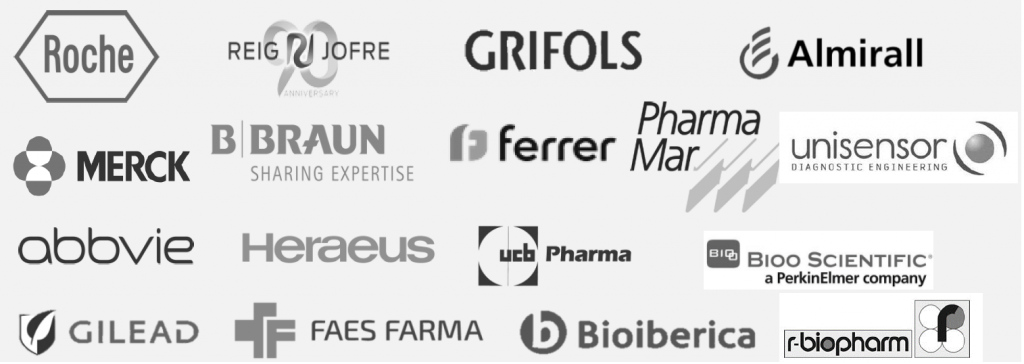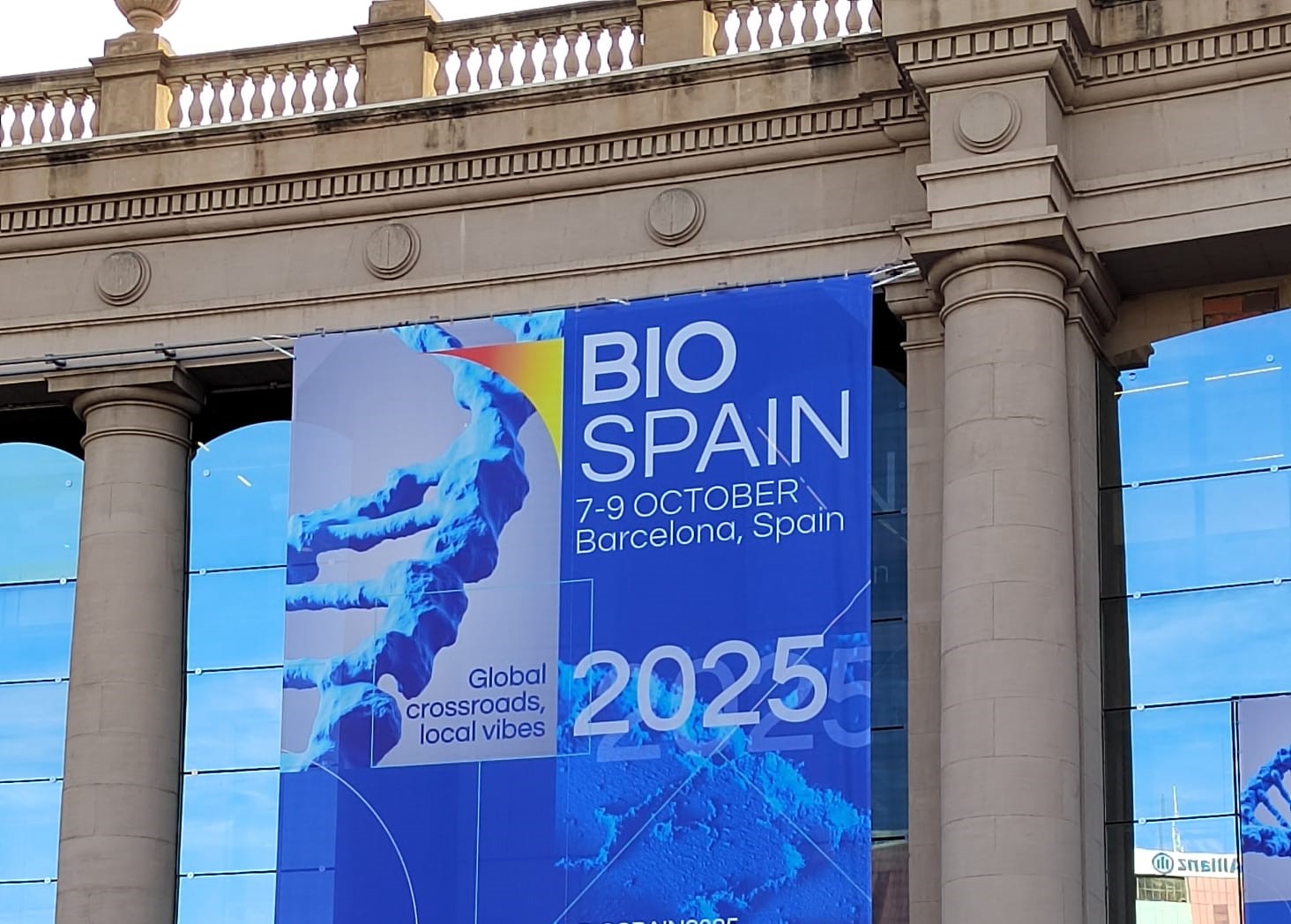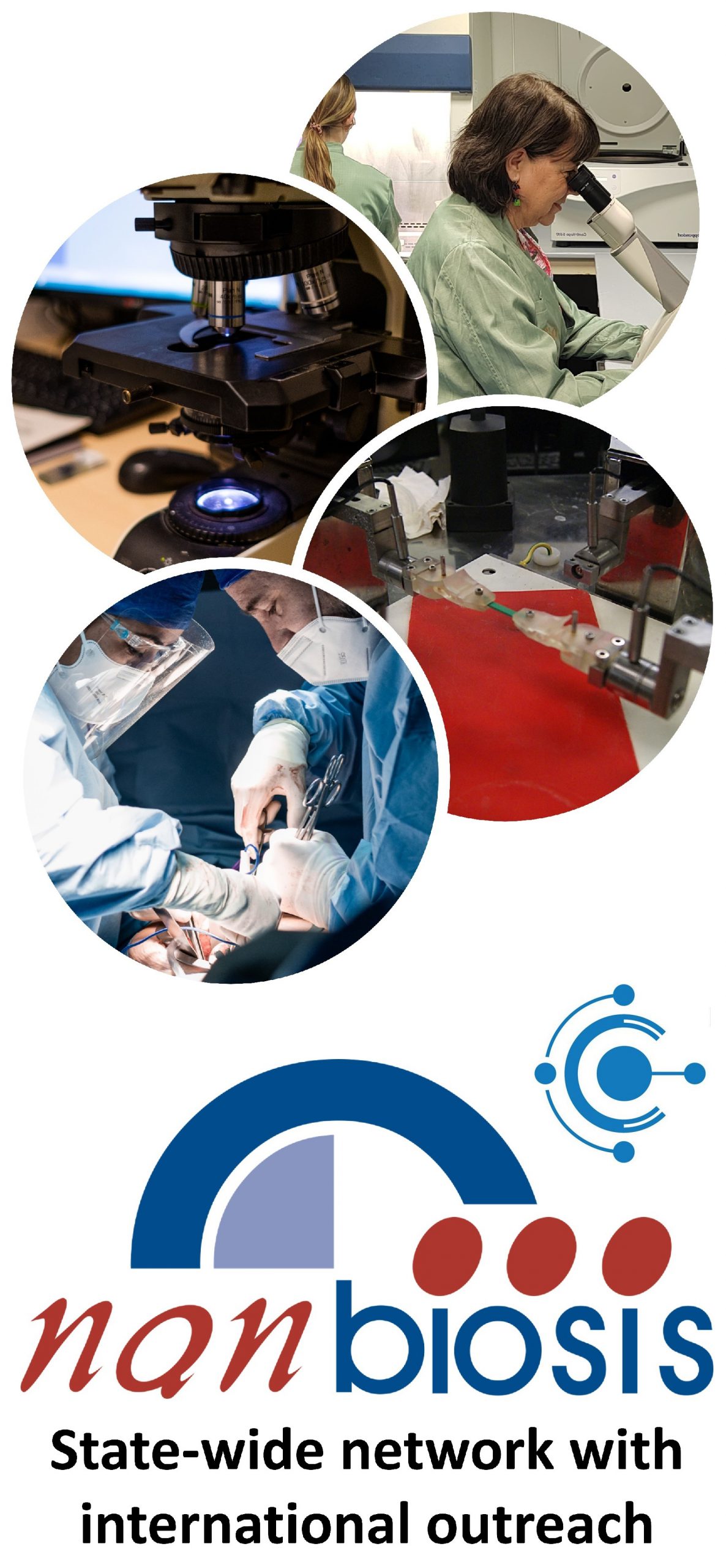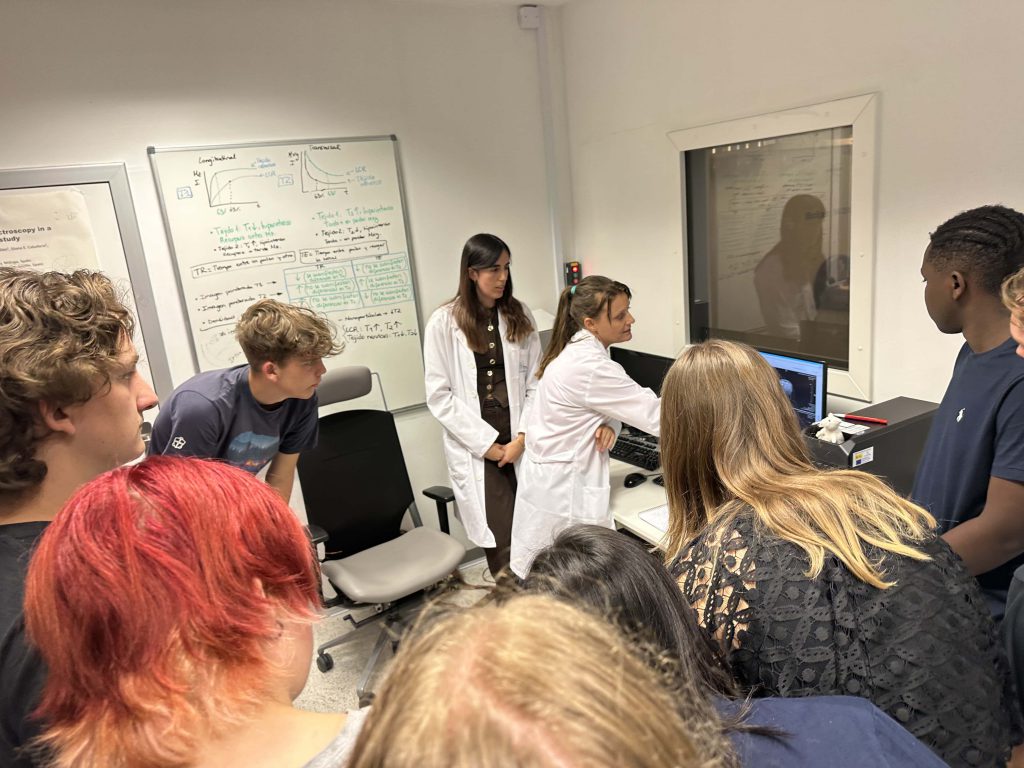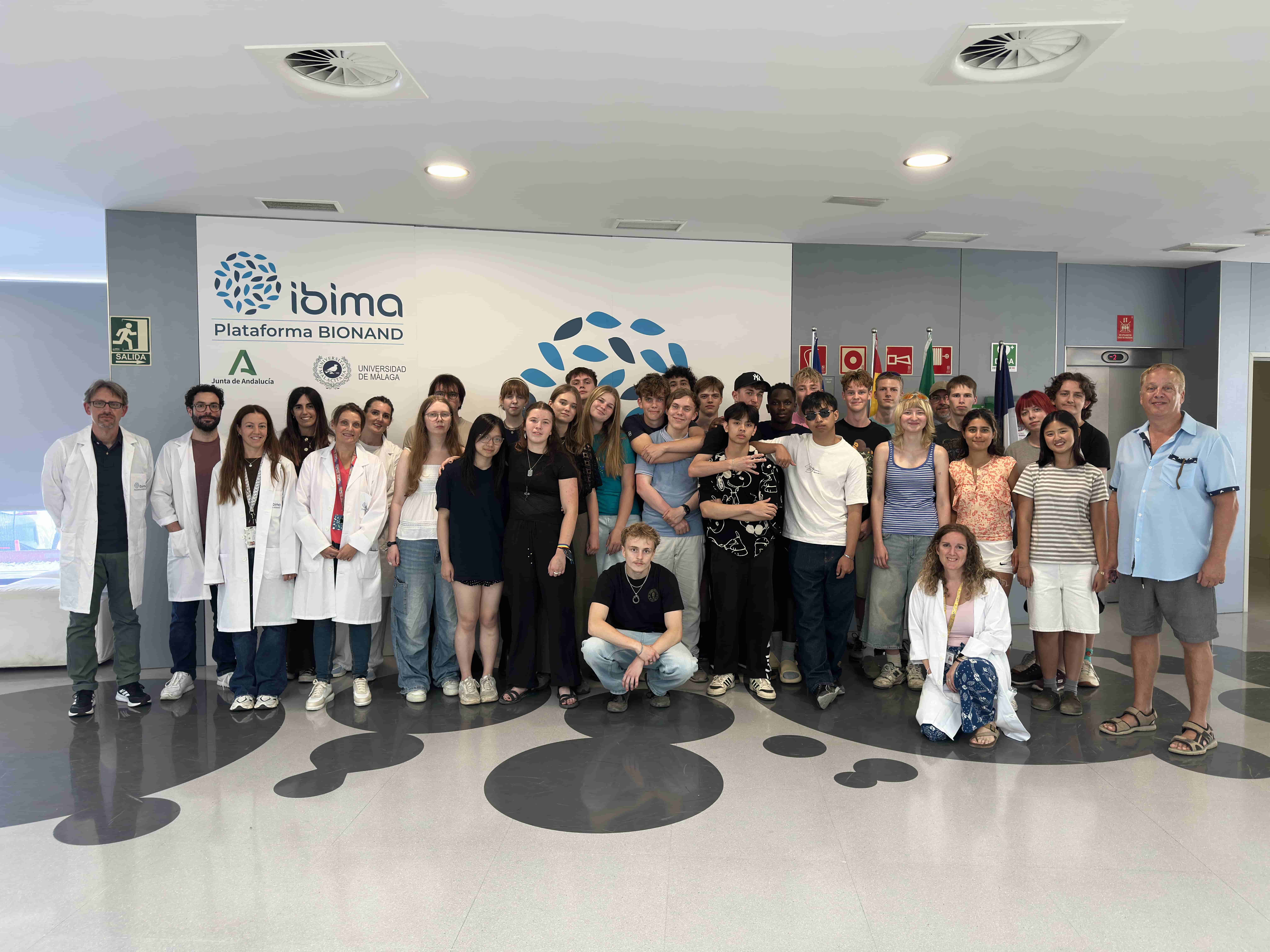NANBIOSIS at BIOSPAIN 2025: Strengthening public-private bridges for translational nanomedicine
NANBIOSIS joins BIOSPAIN 2025 with ISCIII and CIBER, boosting biotech partnerships and showcasing early HTA and ARISTOS innovations.
Barcelona, October 2025 — Last week NANBIOSIS took part in BIOSPAIN 2025 (Fira de Barcelona Montjuïc), joining forces at the ISCIII / CIBER stand to showcase our facilities and to deepen collaborations with industry partners, users and strategic allies. Over three intensive days the NANBIOSIS and CIBER representatives held multiple meetings with potential private partners and technology users to accelerate translation of nanomedicine and biomedical technologies.
Record edition: numbers that matter
BIOSPAIN 2025 closed as the largest edition to date: more than 2,400 attendees from 1,065 organisations across 34 countries, 140 investors representing 76 investment entities, ~250 exhibitors, and over 4,500 one-to-one meetings, reinforcing BIOSPAIN as Spain’s (and one of Europe’s) main partnering platform for biotechnology and life sciences. Organisers also announced Bilbao as the host city for BIOSPAIN 2026 (September 29–October 1, 2026).
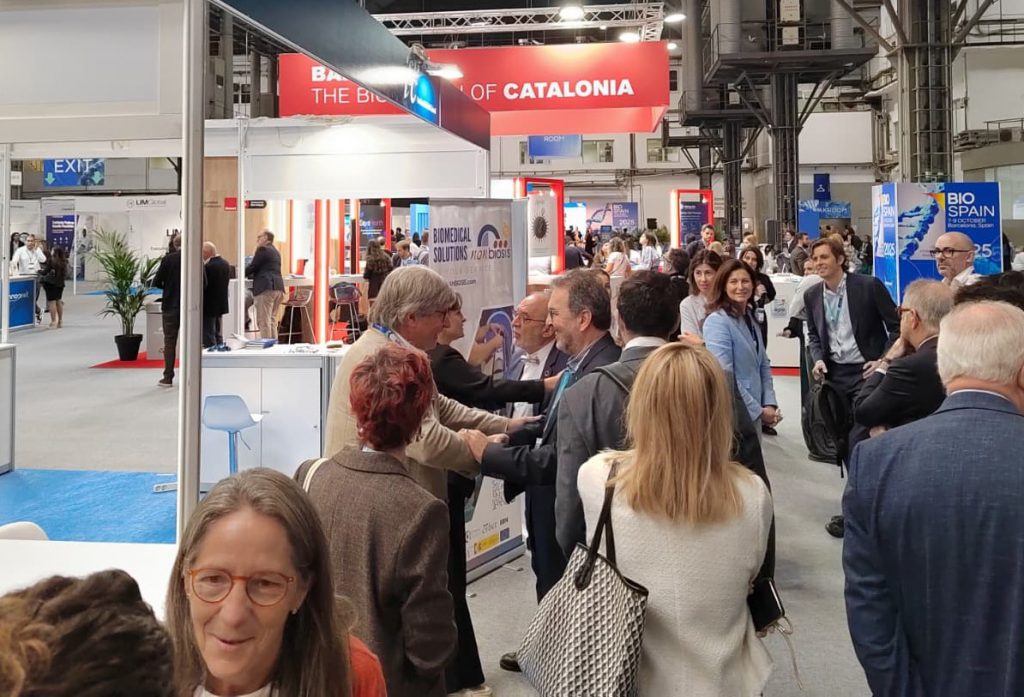
NANBIOSIS contributions and leadership at the congress
NANBIOSIS participation combined exhibition, partnering and scientific leadership:
- We staffed the joint ISCIII–CIBER stand, connecting NANBIOSIS Units and services with industry delegates interested in diagnostics, drug delivery, advanced therapies and computational/biomanufacturing resources. These meetings generated promising follow-ups for collaborative projects and user requests.
- Prof. Pilar Marco (Research Professor, CSIC; Head of CIBER-BBN; and Scientific Director of NANBIOSIS Unit 2 (Custom Antibody Service, CAbS) moderated the roundtable “Early Health Technology Assessment: Designing the Roadmap for Successful Medical Innovation Translation.” The session emphasised the strategic value of embedding HTA early in the research-to-market pipeline to improve clinical relevance, cost-effectiveness, stakeholder alignment and the success of technology transfer.
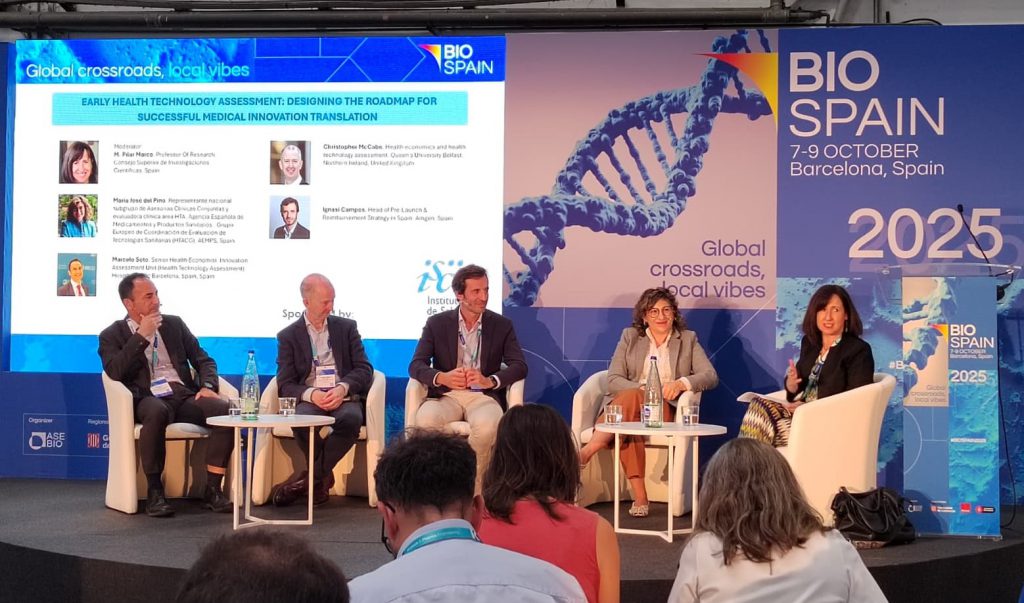
ARISTOS Fellows presenting translational projects (NANBIOSIS connections)
At the 1st ARISTOS Entrepreneurs Dissemination Day (an event of the ARISTOS Postdoctoral Programme co-funded by the EU Marie Skłodowska-Curie COFUND and CIBER), several ARISTOS fellows linked to CIBER-BBN and working with NANBIOSIS Units presented projects aimed at clinical translation and industry uptake. These presentations fostered direct dialogue with private-sector experts on exploitation and secondment opportunities. Confirmed speakers included: Erika Pineda Ramírez (NanoGlue: glue-nanoparticles for immunotherapy) working in the group of Prof. Ramón Martínez Máñez, Director of NANBIOSIS and Scientific Director of Unit 26 (NMR applications); Sofía Romagnoli (BRUHealth: ECGi + multiscale cardiac modelling for Brugada syndrome), working in the group of Prof. Pablo Laguna, Scientific Director of Unit 27 (High Performance Computing), Dr Lilianne Beola Guibert (next-generation living organoids for high-throughput clinical testing) working in the group of Prof. Jesús M. de la Fuente; and Dr Salim Çeriğ (OLEO-CardioSafe: stem-cell strategy to prevent chemotherapy cardiotoxicity) working in the group of Prof. Ángel Raya. ARISTOS is funded under Marie Skłodowska-Curie grant No 101081334.
Why early HTA and infrastructures like NANBIOSIS matter
The BIOSPAIN programme under the motto “Global crossroads, local vibes” foregrounded three strategic pillars — health, investment and sustainability — and highlighted how convergence (biotech + engineering + digitalisation) and multidisciplinary talent accelerate industrial transformation. NANBIOSIS’s open-access platforms (characterised by advanced instrumentation, standardised workflows and regulatory/quality expertise) are designed to help researchers and SMEs implement early HTA-informed development and provide the evidence and technical readiness levels required by investors, regulators and hospitals. The combination of early economic, clinical and organisational assessment with robust preclinical services reduces the risk of late-stage failure and speeds up market access.
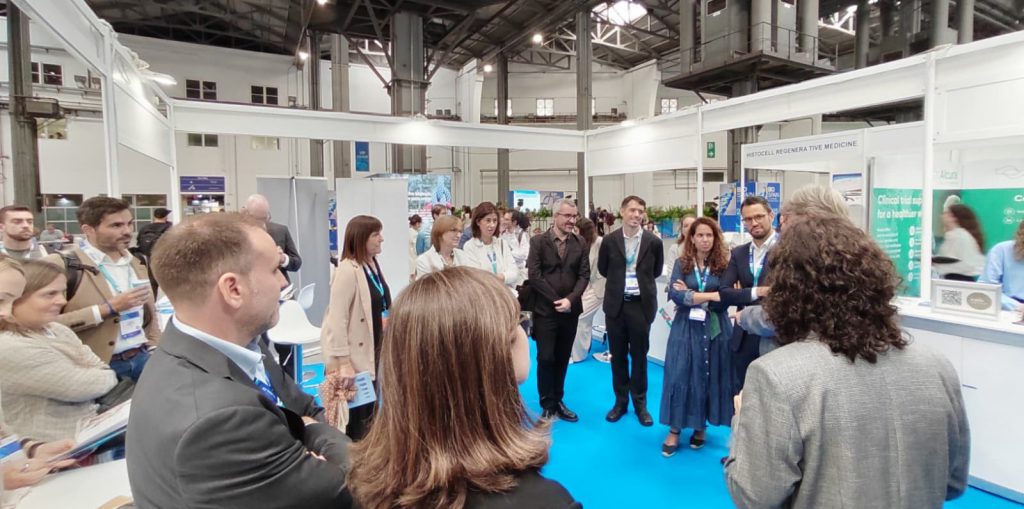
Moving forward: follow-ups and next steps
As BIOSPAIN transitions to an annual format and prepares for Bilbao 2026, NANBIOSIS will continue to:
- pursue partnerships initiated at BIOSPAIN 2025 (industry secondments, collaborative R&D, service contracts);
- support ARISTOS and other postdoctoral talent in accelerating commercial pathways for their projects; and
- promote early HTA integration alongside preclinical/characterisation services to improve translation outcomes.
If you are an industry partner or researcher who met NANBIOSIS at BIOSPAIN 2025 and would like to continue the conversation, please contact our communications or business development team via: info@nanbiosis.es
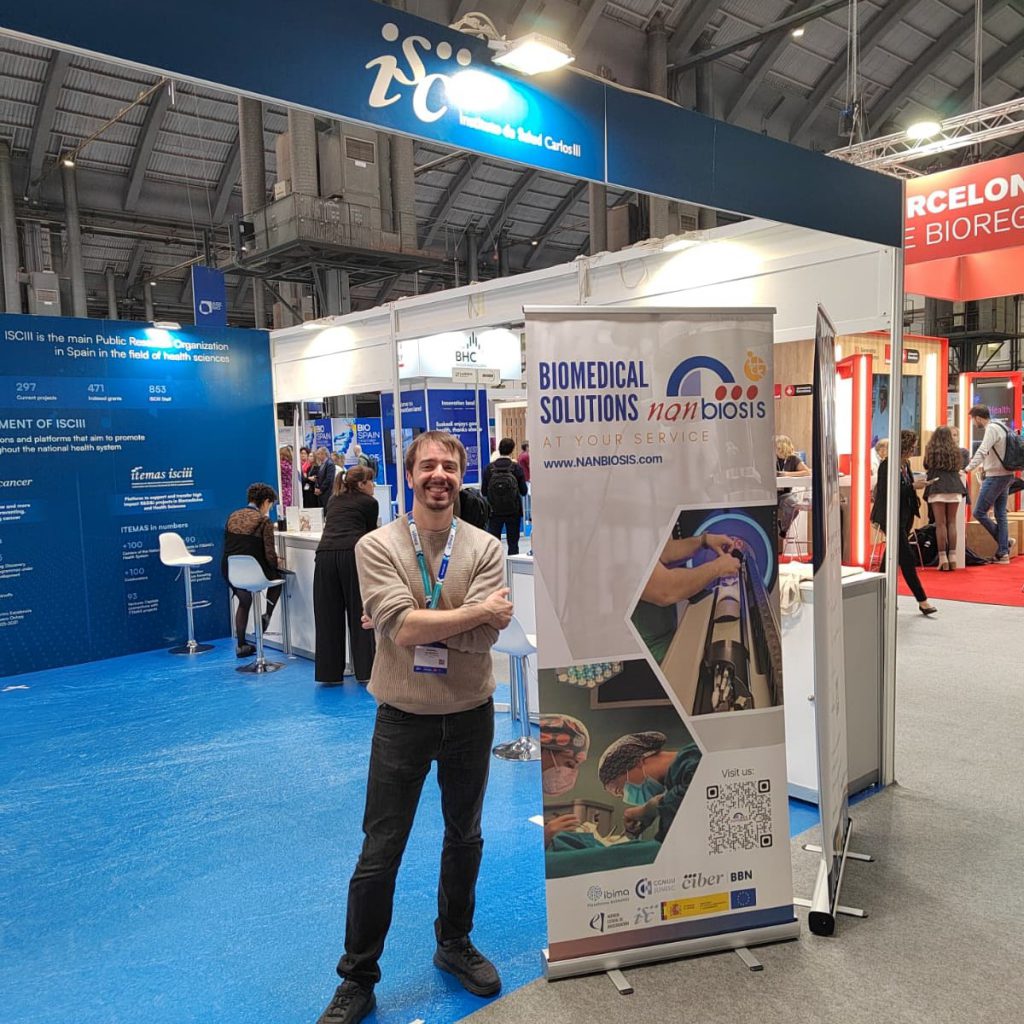
What is NANBIOSIS?
The goal of NANBIOSIS is to provide comprehensive and integrated advanced solutions for companies and research institutions in biomedical applications. All of this is done through a single-entry point, involving the design and production of biomaterials, nanomaterials, and their nanoconjugates. This includes their characterization from physical-chemical, functional, toxicological, and biological perspectives (preclinical validation).
In order to access our Cutting-Edge Biomedical Solutions with priority access, enter our Competitive Call here.
NANBIOSIS has worked with pharmaceutical companies of all sizes in the areas of drug delivery, biomaterials and regenerative medicine. Here are a few of them:
